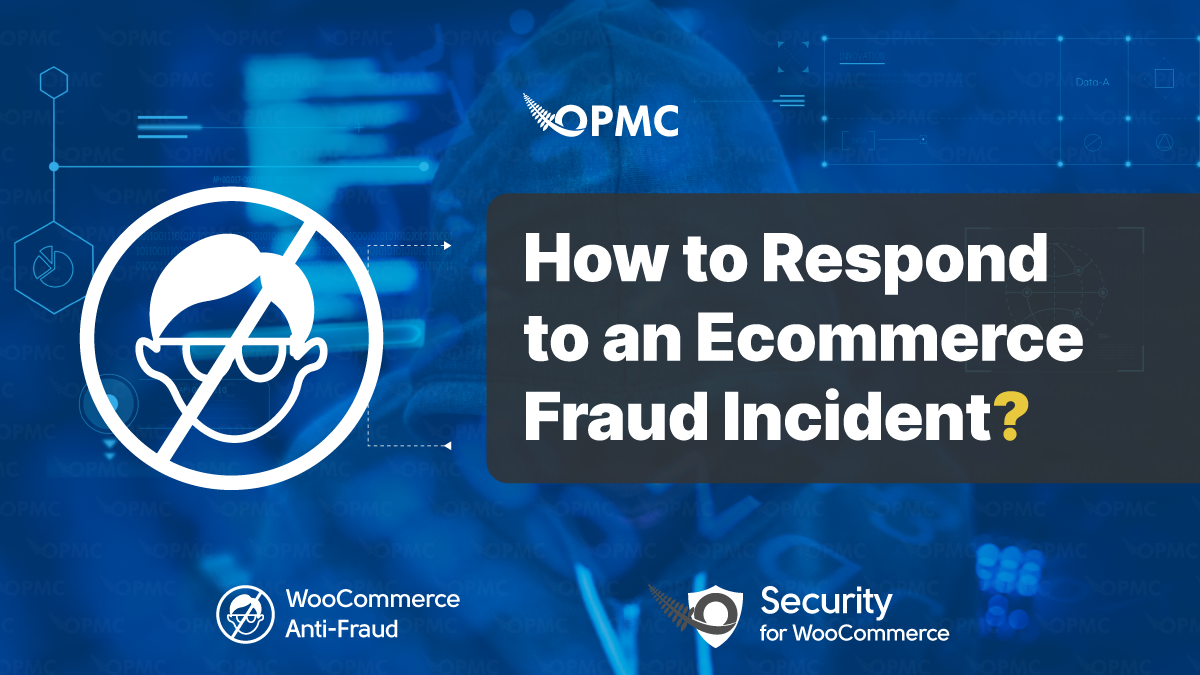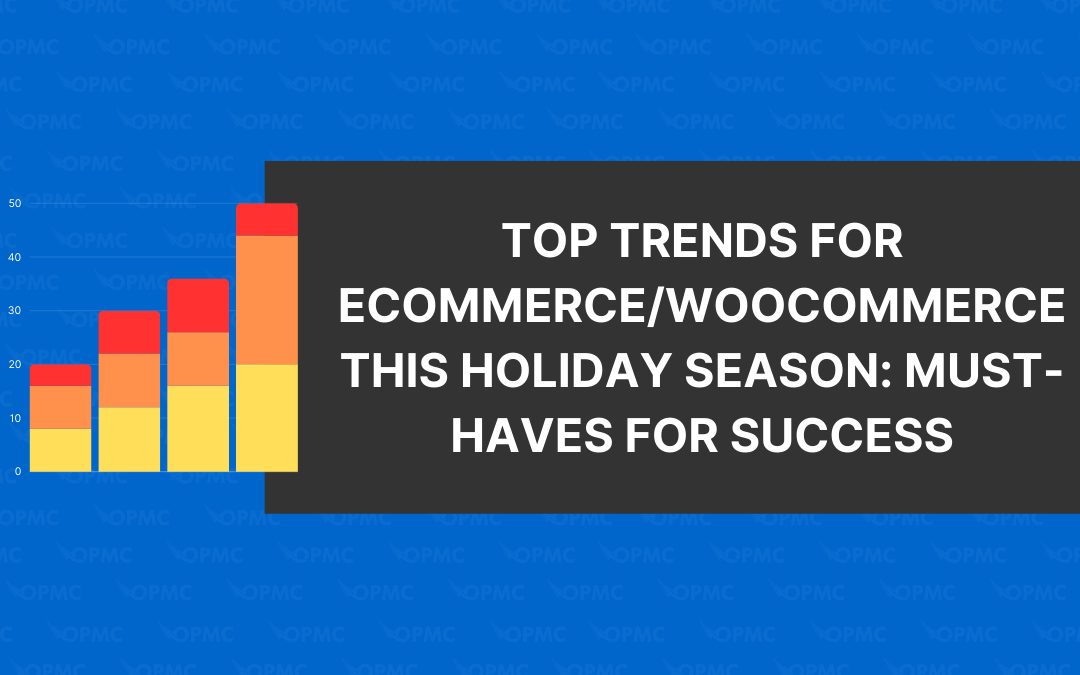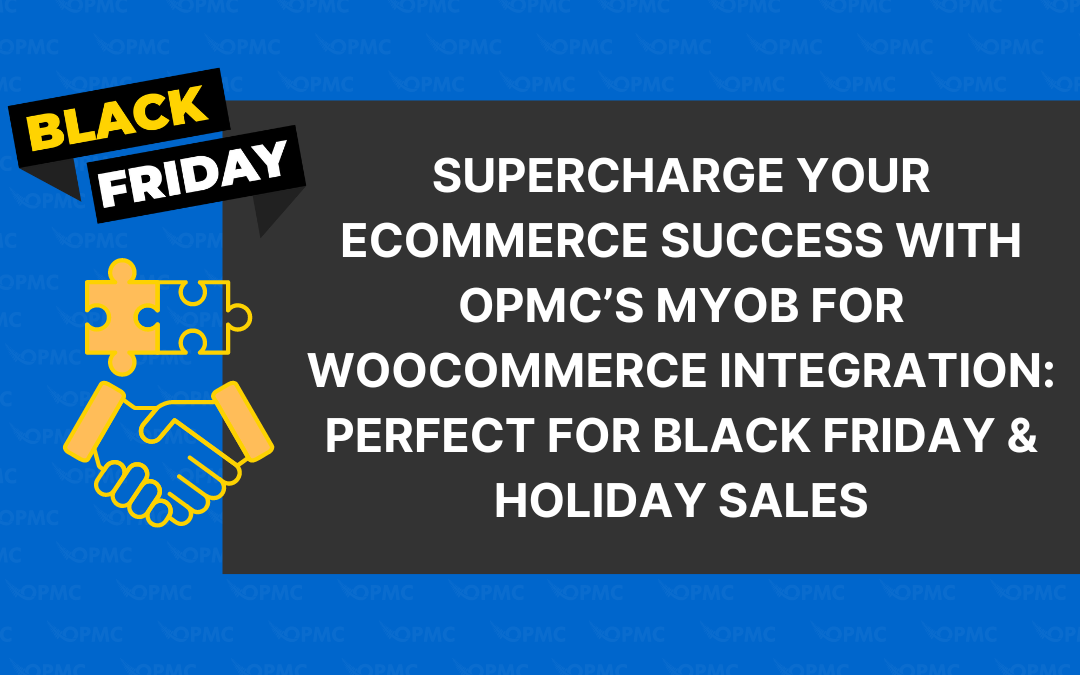If you’re an ecommerce store owner, you know how important it is to stay on top of your fraud prevention. It’s easy to get bogged down in the day-to-day operations of your business, but when it comes to fraud detection and prevention, you need to make sure that someone is watching the store from a bird’s-eye view.
Fraud can come in many different forms, such as chargebacks or wire transfer reversals. The key is to ensure you have a system in place so that when it does happen, you experience the least possible damage to your operations and business revenue.
The most important thing is to not panic. When a fraud incident occurs, you may feel like the sky is falling, and your site will never be the same again. But remember that this isn’t the end of the world. It’s just an unfortunate event that needs attention for your site to be secure and stay open for business.
Explanation of Ecommerce Fraud
Ecommerce fraud is the act of defrauding a merchant or retailer using online payment methods. Fraudulent transactions cost ecommerce businesses billions of dollars annually, so it’s essential to understand what types of fraud you may encounter and how to prevent them from happening on your site.
Some of the more common types of ecommerce fraud include:
- Chargeback fraud: When a customer disputes a legitimate charge on their credit card.
- Account takeover: Anytime a cybercriminal gains access to a customer’s account.
- Friendly fraud: When a customer intentionally claims that a product was never received or was defective to receive a refund or replacement.
- Phishing scams: How fraudsters send emails or text messages to customers that appear to be from your business so they can attempt to obtain sensitive information.
- Identity theft: When fraudsters obtain personal information such as a customer’s name, address, and credit card details and use that information to make fraudulent purchases or open new credit accounts.
- Bot attacks: Using automated scripts or bots to carry out a large number of fraudulent transactions in a short period of time, overwhelming the ecommerce site’s security measures and resulting in financial loss.
- And many more!
Importance of a Response Plan
Having a response plan in place is crucial to the success of your ecommerce business. Not only will it help mitigate the damage caused by fraud, but it also ensures that you’re prepared for any scenario and can act quickly when needed.
The basic idea of your plan should be to identify the fraud, contact the correct people, mitigate financial losses, and then adjust so this doesn’t happen again in the future.
1 – Discovering the Fraud
When you discover a fraud incident, it’s important that your team knows how to respond in a way that will minimize the damage and recover from it quickly. The first step is to have a fraud detection system in place so that you’re aware of any suspicious activity as soon as possible.
Fraudsters generally try to hide their activities by making them look like normal customer behaviour and paying for their purchases with stolen credit cards or gift cards. If a customer seems too good to be true, it may be worth investigating further before approving their order.
The best way to do this is with a robust security tool. We use Security for WooCommerce as a plugin that evaluates each transaction and assigns a numerical value for whether it is safe or fraudulent. This is a learning tool that will ensure you lower the risk of damage to your online store as well as block IPs and regions that may be dangerous.
2 – Assessing the Damage
As soon as you’ve confirmed that there’s been a breach, it’s time to assess the damage. This step is crucial in determining how best to respond and move forward.
- Assess the financial loss:The first thing you’ll want to do is determine how much money was stolen from your company by hackers (or any other criminal activity). You can do this by reviewing sales reports for products that were purchased using fraudulent payment methods, as well as looking at other records related directly to those transactions (such as shipping addresses).
- Determine impact on business operations:Once you know exactly how much money has been lost due to fraud-related activities, it’s time to start thinking about how those losses will affect business operations moving forward. This step may require some additional research into what options are available for recovering lost funds through insurance policies or legal channels. This will matter for your customer service in the future.
3 – Isolating the Issue
Now that you have the information on what happened and how much damage was done, you should be able to isolate the situation. This may mean initiating new polices, adding an IP or area to your block list, or speaking with your payment processor to prevent future orders with similar attributes.
4 – Notifying the Right People
- Notify your payment processor.If you’re using a third-party payment processor, like Stripe or PayPal, let them know about the fraud incident as soon as possible so they can investigate, and block further attempts to use the stolen card.
- Notify authorities if necessary.If this isn’t your first rodeo with fraudulent charges on your ecommerce site, or if you suspect that there might be more than one person involved in stealing user data, it might be worth reaching out to law enforcement officials who could help investigate further.
- Notify customers who have been affected by the breach(and any others who may be at risk). As soon as possible after discovering an attack on your site, send out an email alerting customers whose information may have been compromised during the breach.
5 – Prepare with Fraud Prevention
You want to immediately institute fraud prevention tools on your WooCommerce site – like using our custom plugin for security – as well as speak with your payment processor. Most of the major providers will have built-in security enhancements you can turn on to prevent future fraudulent transactions.
We also have written extensively on other tips to help. You can look at our recent YouTube video covering this topic in detail here.
Conclusion
If you’re reading this and have just received a fraud alert, it’s important to stay calm. Don’t make any rash decisions, and don’t blame yourself or anyone else for what has happened. Be prepared to act quickly and decisively. Your ability to respond effectively will help minimize the damage done by the incident.
We hope that this article has helped you understand the various types of fraud and how to respond when it happens. If you’re just starting out as an ecommerce business owner, there are many tools available to help prevent fraud before it happens. You should also consider investing in some type of insurance policy or credit card protection plan that covers losses due to fraud or theft at checkout.
With a little preparation, you should be all set to boost your earnings and give your customers greater peace of mind when shopping in your store.
Download WooCommerce Anti-Fraud today
WooCommerce Anti-Fraud assigns a score to orders as they are placed. The higher the score, the higher the risk of fraud.




